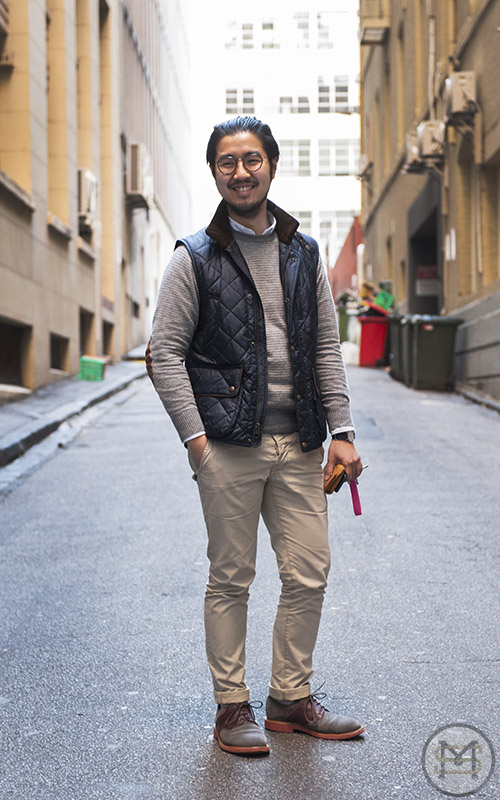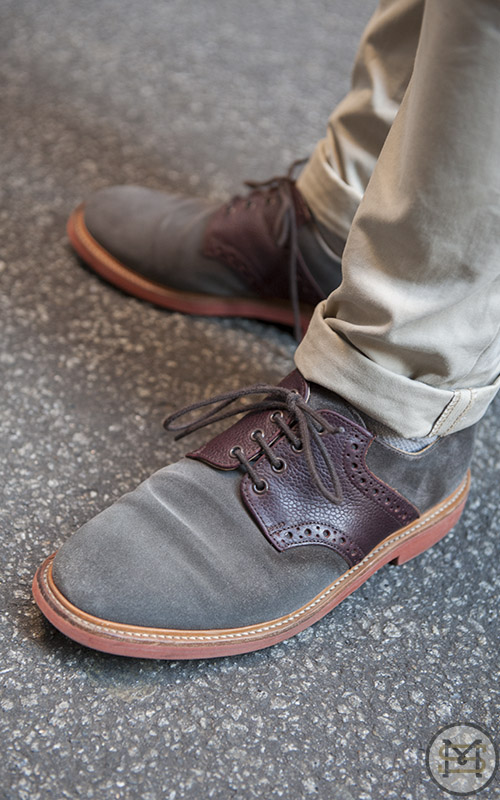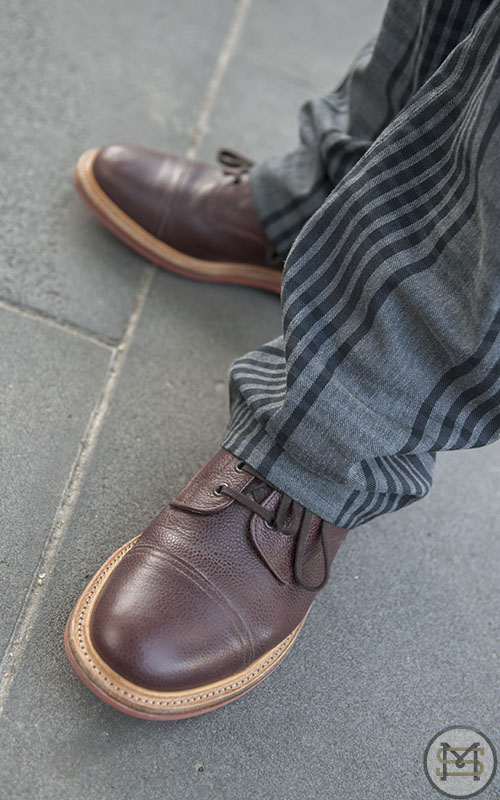Interview: Mark McNairy
“I’m trying to make things for people who think for themselves.”
- Mark McNairy
Mark McNairy is a contradiction in terms. He is a designer who expresses discomfort with the term, a man of incredible brand pulling power who is distrustful of conventional brand models, an artist (though he would no doubt dispute the term) operating in a commercial world.
It’s mid-morning when Makers catches up with him at the Blackman Hotel in advance of his appearance at Carbon Festival, Mark having flown in from New York via Hong Kong the night before.
He is quick to profess his unease around interviews, and says Saturday’s public speaking engagement will be among his first (a challenge to his “fear” of the format): but while clearly uncomfortable at being in the spotlight, his reticence shields a clear and authentic creative purpose.
Mark: “I’m basically making things for myself. To me, it’s not a business and I’m lucky that I can make a living by my hobby.”
It’s more than good PR speak. He tells the tale of his first collaboration, a shoe design for Keds, the Dunlop Volley of American footwear culture. There’s a genuine smile as he recalls the project.
Mark: “For me to have my name on a sneaker that I had when I was a kid, that was the ultimate. And that’s how it started.”
The “it” Mark refers to is his prolific schedule of collaborations that operate alongside footwear and clothing releases under his Mark McNairy New Amsterdam label. Along with the current marriage with Woolrich, Adidas and Pharrell Williams’ Billionaire Boys Club have been joint projects with retailer Club Monaco, shoe brand Bass and American optical company Garrett Leight among others.
Mark: “I have too many ideas for my own collections. When I had my company McNairy Brothers before working with J.Press I was known as Mr Sample by my business partners because I made way too many things. I hate working with plans; my brain doesn’t work that way. Tell me to design 12 things and it’s the 13th thing that could be great. I make what I want and they can edit.”
Invariably, what Mark wants is what the world will be clamouring to wear. His design style is typified by a reworking of the classics. Take the latest collection, where wool suits were made street-ready through a relaxation of the fit and a roll of the trouser cuff, while grey pinstriped pants were given a casual edge courtesy of subtle cargo pockets.
It’s for this reason that he professes to a lingering discomfort with the term “design” being applied to what he does. He insists he is a “maker”. Certainly the word implies a more organic process, an impression Mark strengthens by admitting he can rarely switch off from the ideas that bombard his brain. (He carries a pen and paper always.)
The notion carries through when time comes to talk branding, the topic of the Carbon forum Mark is joining in on. Interesting, then, that he appears to barely believe in the term.
A lot of what should be written next was taken off the record by Mark, who is clearly torn by his desire to remain true to his creative urges while navigating the necessities of commerce. The question is thus: how to steer clear of the pitfalls of becoming a corporate fashion juggernaut (a fate that has befallen many a once-cool fashion house) as the demand for his designs increase?
Mark doesn’t answer the question except to highlight his disdain for the brands that have walked that path before him. One gets the strong feeling it’s a journey he won’t be taking.
Mark: “I know you’re supposed to have an end goal but I still don’t. I just make things. I make things for people who can think for themselves. I learned through trial and error never to put all my eggs in one basket, which is why I’ve got a good thing going now with the different collaborations. I guess I just care too much (to sell-out) and, in the end, that’s a good thing.”










